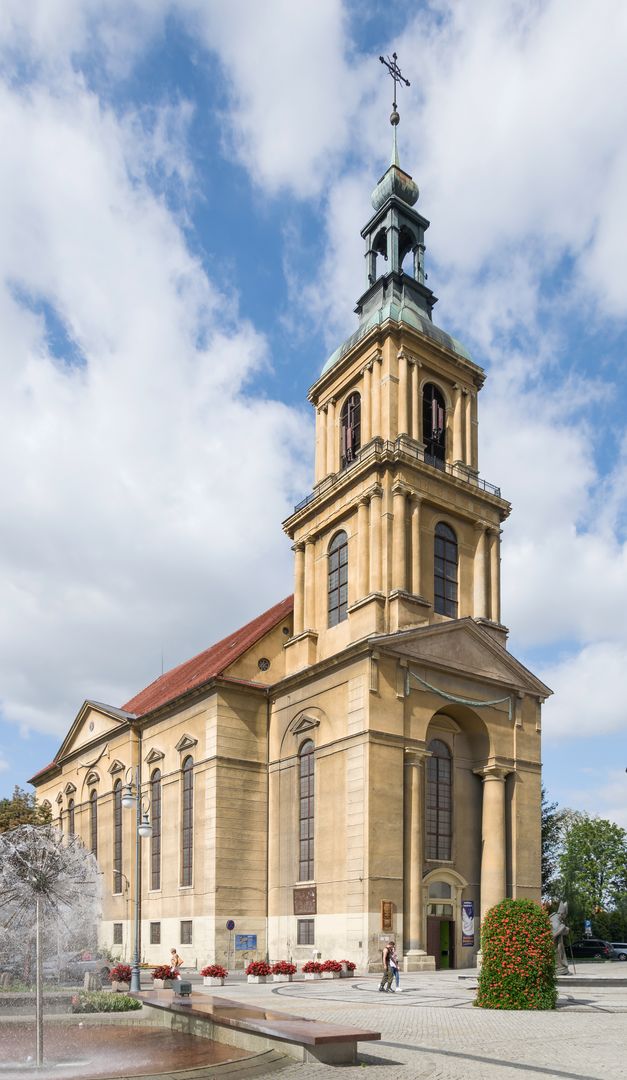Dzierżoniów
6.33

Overview
Dzierżoniów, a city in Lower Silesia, is situated in the Dzierżoniów Valley at the foothills of the Owl Mountains. Its history dates back to the 12th century, with the first documented records from 1258. Originally known as Reichenbach, the city has undergone numerous transformations, including its incorporation into the Bohemian Crown in the 14th century and the development of weaving in the 16th century. After World War II, it was renamed in honor of Father Jan Dzierżon, a pioneer of beekeeping.
Dzierżoniów boasts a rich cultural scene, featuring the Dzierżoniów Cultural Center, the "Zbyszek" cinema-theater, and the City Museum. Local media such as the "Tygodnik Dzierżoniowski" and "Doba.pl" are also active in the city. Architecturally, Dzierżoniów impresses with its diverse heritage, including the 14th-century Church of St. George, the Augustinian monastery complex, and a classicist landmark—the former Evangelical church, now a Roman Catholic parish. The city is also home to numerous tenement houses and villas, including the City Museum, which traces its history through the centuries.
In terms of transportation, Dzierżoniów has both railway connections and a well-developed public bus network. The religious community is diverse, with a dominant presence of Roman Catholic and Evangelical churches, as well as smaller congregations. A notable historical fact is that during World War II, Dzierżoniów housed a subcamp of the Groß-Rosen concentration camp.
In 2023, Dzierżoniów had a population of 31,061 and is dynamically developing its economy, hosting several significant companies. The city also enjoys a vibrant sports life, with football clubs, swimming pools, and a Sports and Recreation Center, making it an important cultural and sports hub in the region.
Location
You can also find here:
2025 Wizytor | All Rights Reserved
